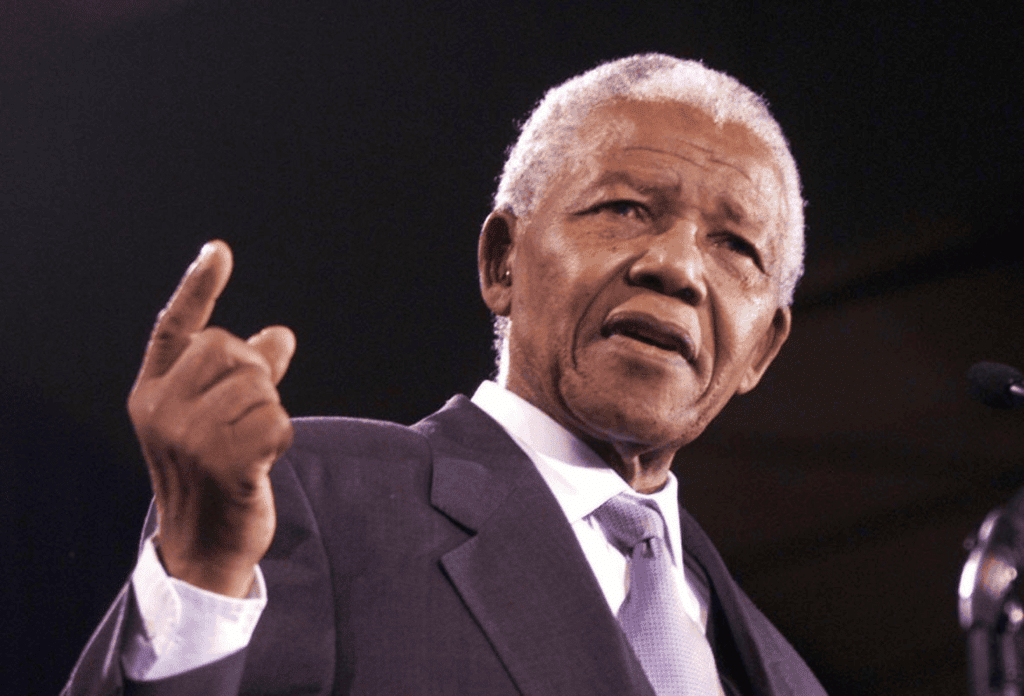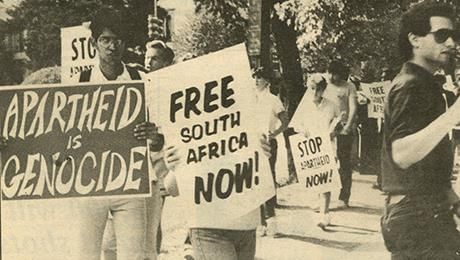Class 10 English Chapter 1 Question Answers - First Flight
Q1. How was Mandela’s concept of freedom was different in boyhood and youth than what it was in his mature age? How were ‘transitory freedoms’ changed into his hunger for the freedom of his people?
Ans: Nelson Mandela did not start life with a strong desire for freedom. In his boyhood, he experienced a sense of freedom, which was limited to simple pleasures like running in the fields, swimming in the local stream, and riding on the backs of slow-moving bulls. This feeling of freedom was tied to obeying his father and the customs of his tribe. As he grew older, Mandela realised that his boyhood freedom was an illusion. He discovered that his freedom had already been taken away. As a youth, he began to crave transitory freedoms, such as staying out late, reading freely, and going wherever he wished. It was only when he joined the African National Congress that his personal desire for freedom transformed into a deeper hunger for the freedom of his people. Mandela's desire shifted from seeking personal freedoms to wanting his people to live with dignity and self-respect. This profound hunger for freedom compelled him to become a rebel, leading him to live in secrecy and away from his family.
Q2. What were the difficulties faced by Nelson Mandela in achieving freedom for his people?
Ans: In his quest for freedom from the rule of Apartheid, Nelson Mandela faced numerous challenges and endured significant hardships. This remarkable patriot sacrificed the comfort of his home and the love of his family. He was labelled an outlaw for advocating equality for his fellow black Africans. As a result, he was punished, isolated, and imprisoned. Alongside his comrades, he experienced severe oppression and torture. Despite suffering from hunger, injustice, and oppression, he kept the spirit of independence alive in his heart. His unwavering courage, relentless struggle, and unparalleled sacrifices ultimately led to the liberation of South Africa from Apartheid on 10 May 1994.
Q3. Give the character-sketch of Nelson Mandela.
Ans: Nelson Mandela was a remarkable figure in the fight against apartheid in South Africa. He is celebrated as one of the greatest black heroes who faced immense suffering and torture during his imprisonment. Despite these hardships, he played a crucial role in establishing the country's first democratically elected government. Mandela's journey began when he was a child, believing he was free, only to later realise that this freedom was an illusion. Initially, his understanding of freedom was limited to personal liberty. However, after joining the African National Congress, his desire for freedom transformed into a broader quest for the freedom of all his people. This change turned him from a timid young lawyer into a courageous fighter.
As a devoted husband, Mandela lived a life of secrecy, akin to that of a monk. He recognised and appreciated the sacrifices made by countless black heroes in the struggle for freedom. With humility, he acknowledged that freedom is indivisible; he could not be truly free while his people remained oppressed. His vision of humanity was expansive, as he believed that freedom is a fundamental right that cannot be divided.
Q4. The inauguration ceremony symbolised a common victory for justice, for peace, for human dignity against the most hated apartheid regime based on racial discrimination. Comment.
Ans: The inauguration ceremony marking the establishment of a democratically elected government in South Africa was historically significant. Following the Boer War, the white population united to impose a system of racial domination known as apartheid. This ceremony drew global attention, with leaders and dignitaries from over 140 countries gathering at the amphitheatre of the Union Buildings in Pretoria. It was celebrated as a collective victory for justice, peace, and human dignity. The struggle of black South Africans against the oppressive apartheid regime culminated in this momentous event. A spectacular display of jets and a salute from decorated generals to President Mandela showcased the military's commitment to democracy. The performance of both national anthems represented a new era of equality, transcending race and colour.
Q5. Why was Nelson Mandela overwhelmed with a sense of history? Give the birth and finally the burial of the apartheid regime in South Africa.
Ans: On the day of his inauguration, Nelson Mandela was deeply moved by a sense of history. This feeling was natural for a man who had fought against the oppressive regime for decades. Following the Boer War, white groups in South Africa united to establish a system of racial domination over the majority population. The birth of apartheid marked the beginning of one of the most brutal and inhumane regimes in history, rooted in racial discrimination and oppression. This deep-seated injustice led to the rise of countless black patriots who were willing to sacrifice their lives for freedom. Their determined struggle ultimately resulted in victory, culminating in the establishment of a democratically elected government led by President Mandela on 10th May 1994.
Q6. Which twin obligations does Nelson Mandela mention in the lesson? Why were he and the rest of the blacks able to fulfil those obligations?
Ans: Nelson Mandela discusses that every man has twin obligations in life. The first is to his family, including parents, spouse, and children. The second obligation is to his people, community, and country. In a just society, individuals can fulfil these duties according to their strengths and circumstances. However, in South Africa, it was nearly impossible for someone like Mandela or other black individuals to meet these obligations. If a man sought to live with dignity, he faced punishment and isolation. Those who tried to serve their communities were often forcibly separated from their families and homes. This led to a life shrouded in secrecy and rebellion. Mandela prioritised his people over his family, and in his quest to serve them, he found himself unable to fulfil his roles as a son, brother, father, and husband.
|
61 videos|617 docs|69 tests
|
FAQs on Class 10 English Chapter 1 Question Answers - First Flight
| 1. What is the significance of Nelson Mandela's book "Long Walk to Freedom"? |  |
| 2. How does "Long Walk to Freedom" portray the impact of apartheid on South African society? |  |
| 3. What are some key events from Mandela's life that are covered in "Long Walk to Freedom"? |  |
| 4. How does Nelson Mandela discuss the concept of forgiveness in "Long Walk to Freedom"? |  |
| 5. What lessons can readers learn from "Long Walk to Freedom" regarding leadership and activism? |  |






















